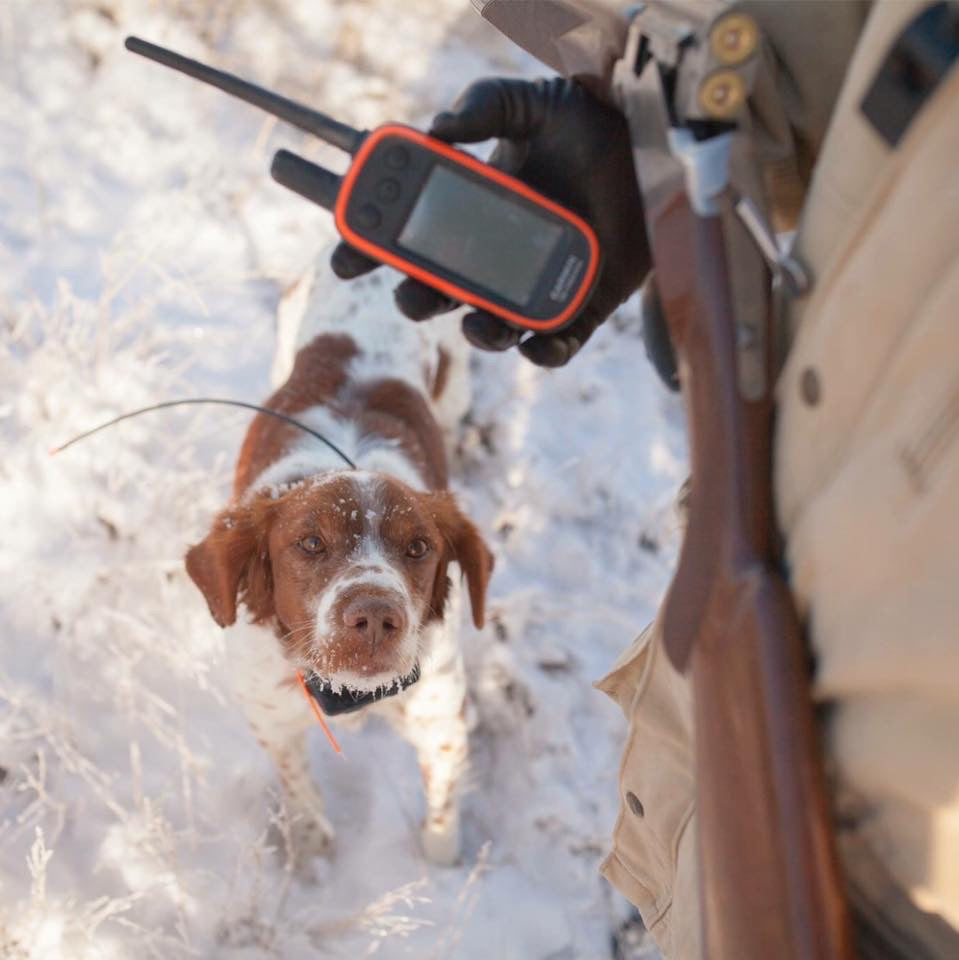Burn Wounds, Part II: Freezing Cold
Extreme cold may lead to thermal burns of skin, muscle, or bone and supporting tissues. Similar to heat burns, tissue damage from cold has varying degrees of severity. Superficial thermal burns that cause minimal tissue damage and that are reversible are termed ‘frost-nip’. More severe deep burns compromise blood flow and result in frostbite. Complete extent of the thermal damage can be difficult to determine based on appearance alone. For the remainder of this article, thermal injury will be in reference to extremes in low temperatures resulting in frostbite damage. Frostbite occurs when tissues become so cold that circulation is diminished and ice crystals form inside the chilled tissues. Mammals have a very complex thermoregulatory system that regulates blood flow distribution to keep the body within a very narrow temperature range; for dogs, a typical range is between 101.0-102.5 degrees Fahrenheit.
In cold temperatures, the body attempts to maintain its normal temperature by constricting blood vessels and redirecting blood flow away from the periphery of the body. This is done to prevent heat loss from the body to the environment and to maintain internal organ temperature and functioning. Areas most susceptible to cold-related burns are those with limited blood flow and situated farthest from the body core: ears, feet, tail, scrotum, and nose. Dogs with a short hair coat, small size or lean body weight, or otherwise health-compromised pets are at greatest susceptibility for cold related injury, particularly if outdoors in the cold without protection.
Thermal burns are most common in pets housed outdoors with inaccessible or inadequate protection from the environment, but any pet can experience this health emergency under the right conditions. Hypothermia occurs when tissues and organs begin to shut down due to suboptimal low body temperature. If hypothermia is prolonged, permanent and severe internal organ damage occurs in addition to the skin and muscle damage. Rewarming pets who have been injured due to cold needs to be done correctly to prevent further damage. This is best done under veterinary care. Severe alterations in hydration and circulation can occur as a result of the potentially painful rewarming process.
Symptoms of possible cold related injuries:
- Bright pink, pale, or grey areas of exposed skin
- Lack of response or painful response to touch in affected areas
- Black or leathery skin, blisters, and sometimes pus
- Clumsiness or difficulty walking due to stiffness or loss of feeling
- Altered mental acuity and shivering
- Below normal body temperature with cold extremities
Tissue damage from extreme cold results from decreased blood flow to tissues. Frostbite happens in stages and the time between exposure to cold temperatures and the onset of tissue damage is variable. The beginning stages are more mild and and usually reversible. Moisture on the skin or in the air combined with wind and temperatures below freezing is a set up for a quick decline into frostbite danger zone.
First aid for cold-damaged pets:
- Safely remove pet from cold environment to a clean warm and dry location
- Do NOT rub injured tissue- this can exacerbate damage to tissues
- Slowly rewarm pet with warm towels/blankets or warm compresses or in a warm water bath for 15-30 minutes. Do not allow the water to become tepid, as this will have a contradictory cooling effect
- Do not use hot water, electric heating pads, hairdryers, stoves, or fire to warm pets- This could lead to heat related burns
- Transport pet ASAP to an emergency veterinary clinic for an exam and treatment
Your pet’s veterinary team will assess damage and keep your pet comfortable while attempting to restore blood flow to damaged tissue and support internal organ function. The full extent of frostbite damage may not be apparent for 24-48 hours after the initial injury. Because most canines are covered in hair, the damaged tissue may be difficult to notice without close inspection. Long term effects of frostbite injuries can include permanent scarring with chronic pain, amputation, infection, growth defects, and compromised nerve function and blood flow. Dogs who experience generalized hypothermia can have severe internal organ damage.
### Amanda Burow, D.V.M. (Dr. B), is a graduate of Iowa State University’s College of Veterinary Medicine. Dr. Burow’s patient list includes hunting dogs of all varieties, as well as several field trial dogs and full time sporting guide dogs. In addition to practicing general veterinary medicine, she has special interest in the areas of preventive care, emergency medicine, and dermatology. In her spare time, she enjoys being outdoors and on the lake, staying active, reading, and spending time with family and friends. Mud River is proud to share these tips from Dr. B with our customers. Keep in mind it is best to work with your local veterinarian to determine the needs for your animals.







